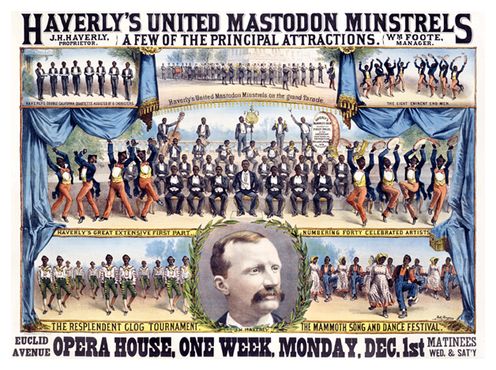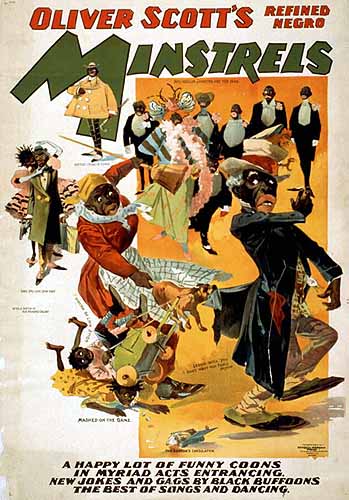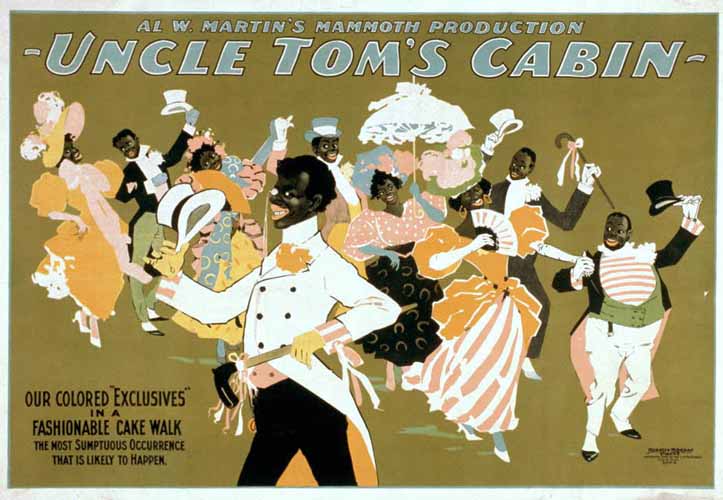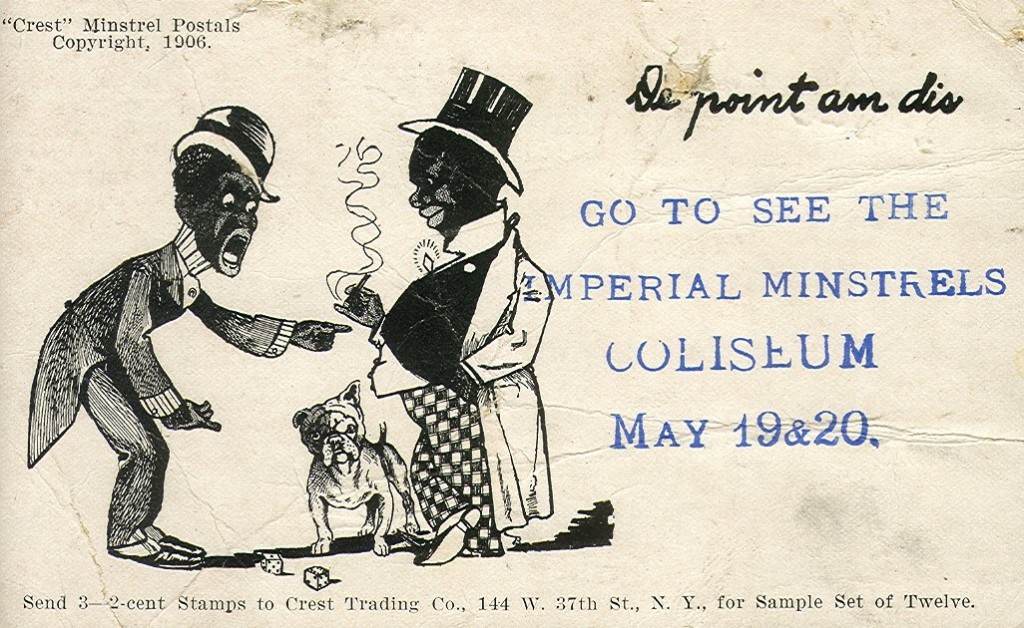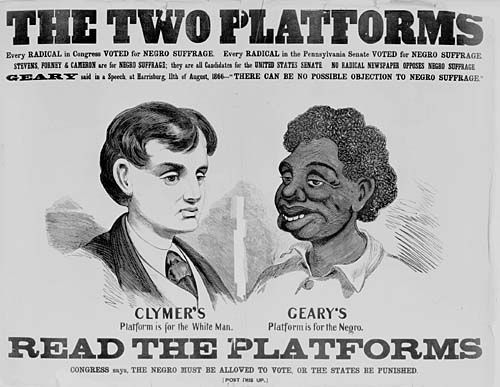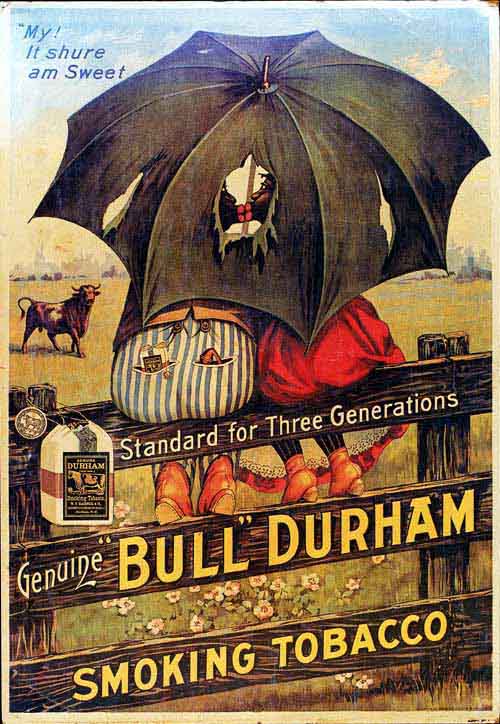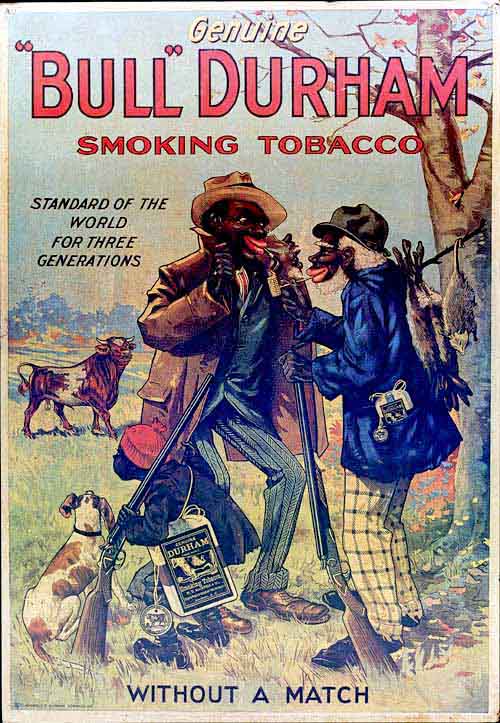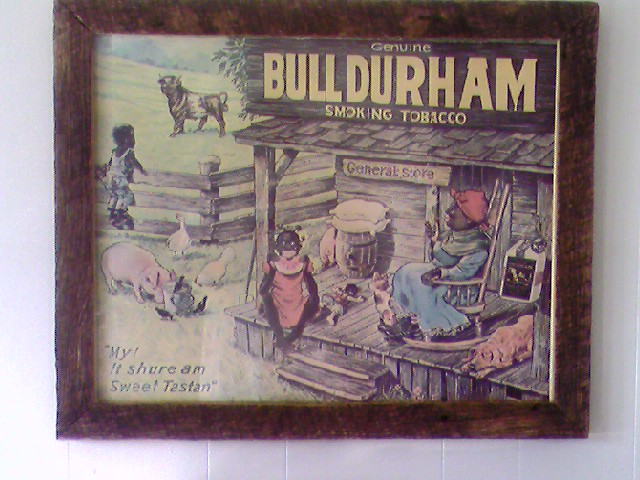Adrienne at Native Appropriations reports that this year Harvard University fraternity Sigma Chi threw a Columbus Day “bros and hos” party titled “Conquistabros and Navajos.” Get it?
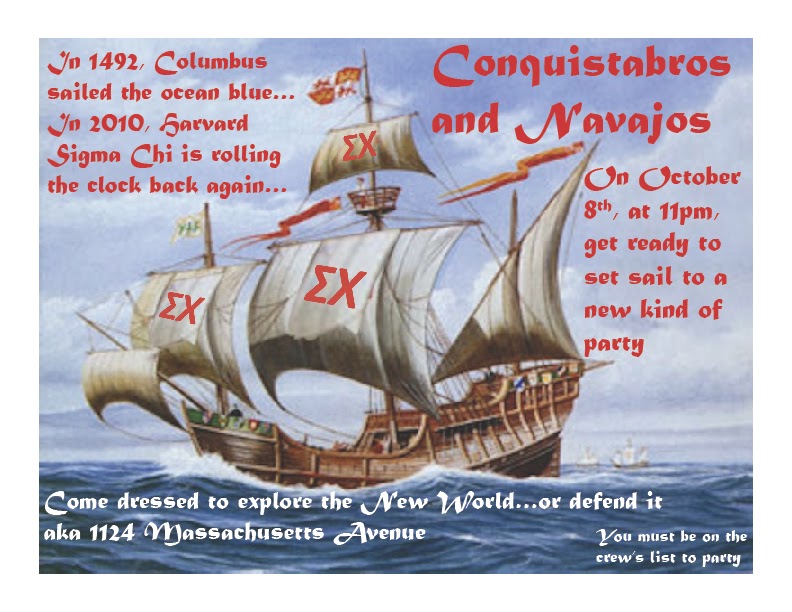
Perhaps it’s too much to expect student in the Ivy League to be sensitive, but Harvard students are supposed to be smart, right? Not so much. Adrienne points out their bizarre illogic: how exactly does it make sense to have a party that mingles Navajos (from the American Southwest) with pilgrims (who lived in the American Northeast) and Conquistadors (who arrived after, not with Columbus) and cowboys (who, as we know them, would come hundreds of years later)?
And while we’re at it, why not expect them to be sensitive. Adrienne reminds us, again, patiently…
1. Glorifying and making light of the atrocities committed by the “explorers” of the Americas is just as bad as glorifying the Nazis and the Holocaust, and not something to be taken lightly.
2. The theme is using a generic stereotype of an Indigenous person (in this case “Navajo”) to represent thousands of tribes and communities throughout the Americas, each with their own unique culture and history. The Indigenous groups who encountered the conquistadors are not remotely the same as Navajos in the southwest, and by lumping them together, the party contributes to continued stereotyping of Native peoples as one monolithic group — consisting of hollywood stereotypes of war paint, feathers, and buckskin.
3. Encouraging party goers to “dress up” as American Indians and Indigenous Peoples puts Native people in the category of a fantasy character — something that no longer exists, or never did. Columbus, Conquistadors, and Pilgrims are all situated in the past, but Native peoples are still here, are still alive, and still Native (and yes, cowboys are still alive, but they are not systematically oppressed and facing continued colonialism). It is also condoning dressing up in racial drag, and I would bet Sigma Chi might get in a little trouble if they hosted a blackface party.
But no one would do that, would they?
Lisa Wade, PhD is an Associate Professor at Tulane University. She is the author of American Hookup, a book about college sexual culture; a textbook about gender; and a forthcoming introductory text: Terrible Magnificent Sociology. You can follow her on Twitter and Instagram.

